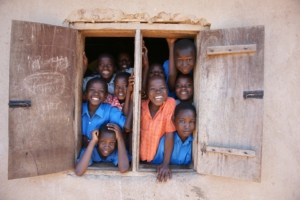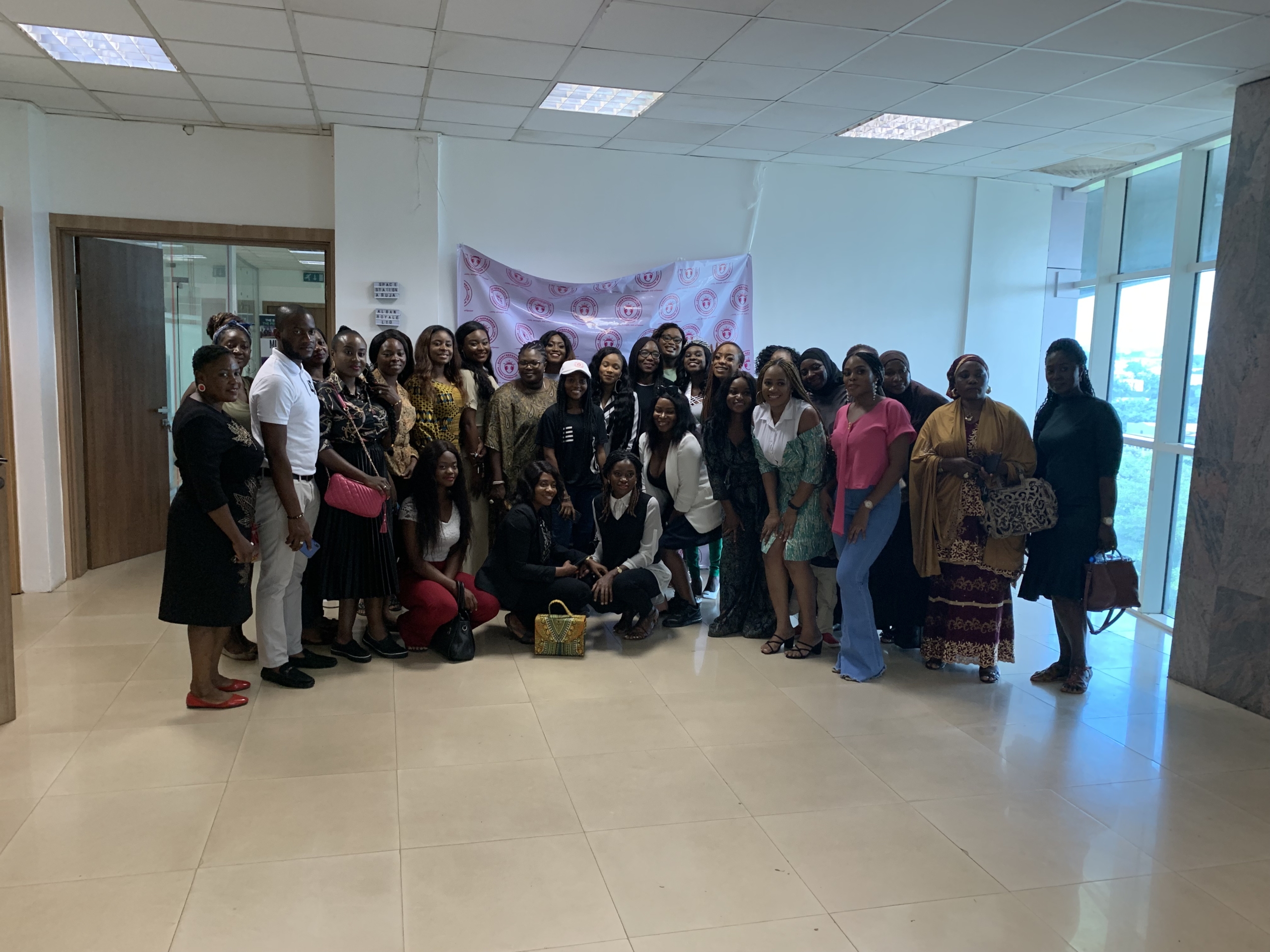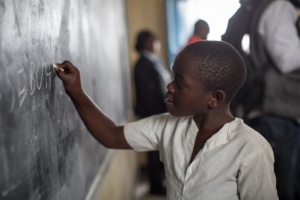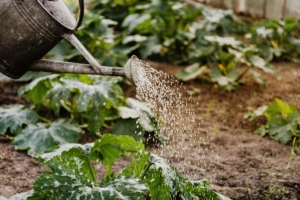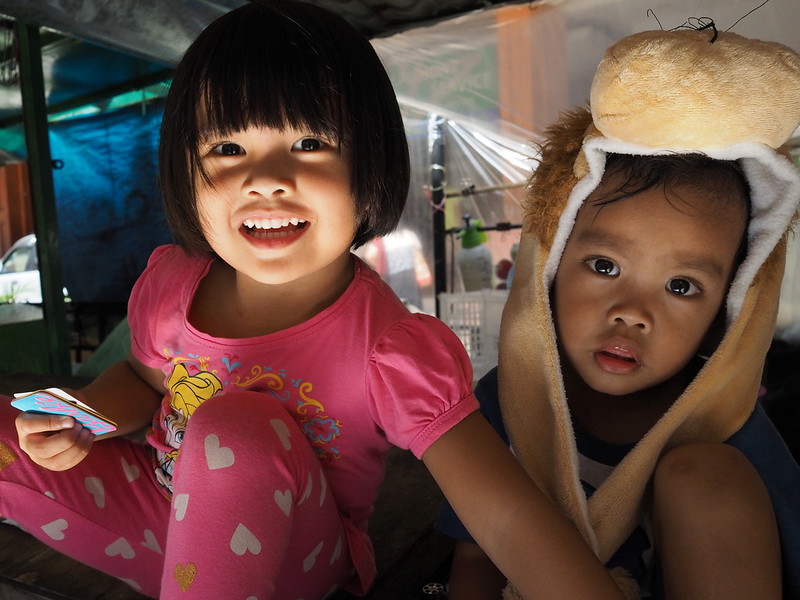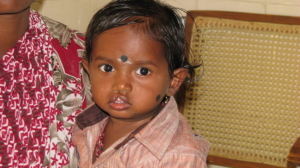 Panama is a beautiful country that connects North and South America. Known for its tropical rainforests, beaches and home to the world-famous Panama Canal, linking the Atlantic and Pacific Oceans. Although these features bring in tourism and allow for global trade, this country’s economy is full of contradictions. However, Operation Smile is endeavoring to combat.
Panama is a beautiful country that connects North and South America. Known for its tropical rainforests, beaches and home to the world-famous Panama Canal, linking the Atlantic and Pacific Oceans. Although these features bring in tourism and allow for global trade, this country’s economy is full of contradictions. However, Operation Smile is endeavoring to combat.
While Panama City is a bustling metropolis full of international trade, the wealth gap is desperately wide, with many Panamanians who live in rural areas living in extreme poverty. The rural and indigenous communities of Panama lack access to clean water, education and, most prevalently, health care. The Panama health crisis affects many, but one of the less addressed issues is the lack of available medical resources for those born with cleft palates.
Cleft Palates
A cleft palate is a condition where a gap in the roof of a baby’s mouth doesn’t fully close during fetal development. Affecting one in 700 children worldwide, children born with a cleft palate often experience severe difficulties eating. Without access to reconstructive surgery early on in life, this condition can swiftly leave a child more susceptible to infection, malnutrition and in some severe cases, starvation.
However, with 94% of children born with cleft palates coming from low-income backgrounds, this life-changing surgery is simply unobtainable due to the health care poverty that is widespread around Panama. Many families in rural Panama have little to no access to a doctor. They often cannot afford the surgery even if it were available.
How Operation Smile Is Helping
Since 1991, dedicated Operation Smile volunteers, including surgeons, nurses and speech therapists, have travelled across Panama to deliver free and life-changing surgeries to more than 3,000 children. Behind every operation is a network of professionals that aid in bridging the gap in health care within Panama’s most impoverished communities.
In addition to performing surgeries, the Operation Smile team provides a complete package of support, from dentistry and orthodontics to nutrition and speech therapy. These volunteers are vital in ensuring that these children have access to medical and emotional support, ensuring that patients go on to heal from their surgery and thrive into healthy adults.
The Story of Laura Alvarez
One of the most inspiring stories of an Operation Smile volunteer comes from Laura Alvarez. As a Panamanian woman, born with a cleft palate, she has made it her life’s ambition to help others born with the same condition. Although Alvarez could access surgery for her condition, she understood the importance of making medical care available across Panama, where her journey with Operation Smile began.
Alvarez recalls the struggles of growing up with a cleft palate, stating, “After I turned 10 years old, some classmates pointed out how I spoke strangely and looked different from them. ‘You look like a pig,’ they said. These cruel comments made me feel ashamed of myself.” With a first-hand understanding of the issue, Alvarez began working for the organization and soon traveled internationally to speak at the Latin America in Action (LEA) conference.
Conclusion
Operation Smile is bridging the health care gap in Panama by providing free, life-changing surgeries to needy children. The organization delivers critical care through dedicated volunteers and inspires long-term change in communities affected by health poverty.
– Abbey G Malin
Abbey is based in Oxford, UK and focuses on Good News for The Borgen Project.
Photo: Flickr

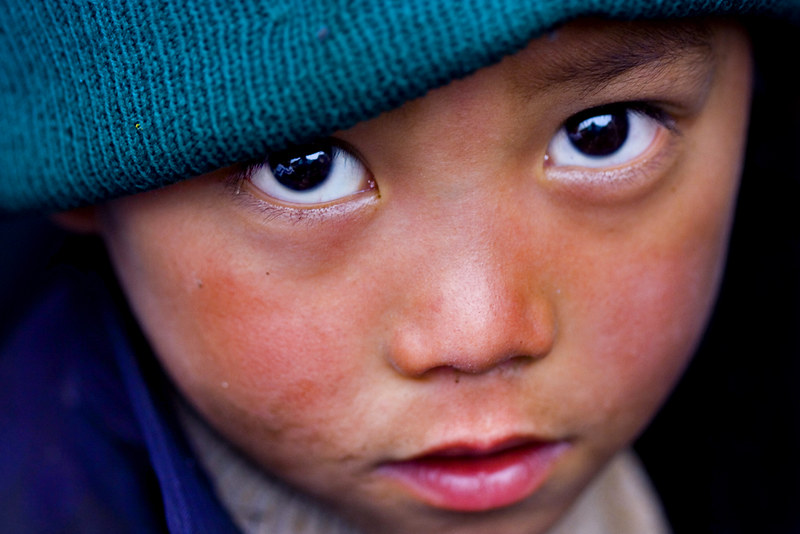

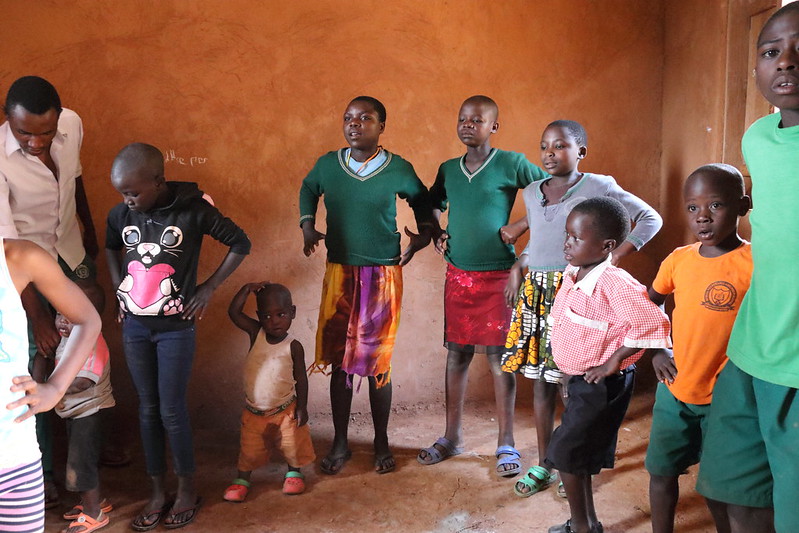 Millions of children worldwide remain out of school due to poverty, gender inequality, conflict and lack of resources, limiting their future opportunities and economic mobility. According to UNESCO,
Millions of children worldwide remain out of school due to poverty, gender inequality, conflict and lack of resources, limiting their future opportunities and economic mobility. According to UNESCO, 